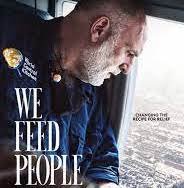HBO Max
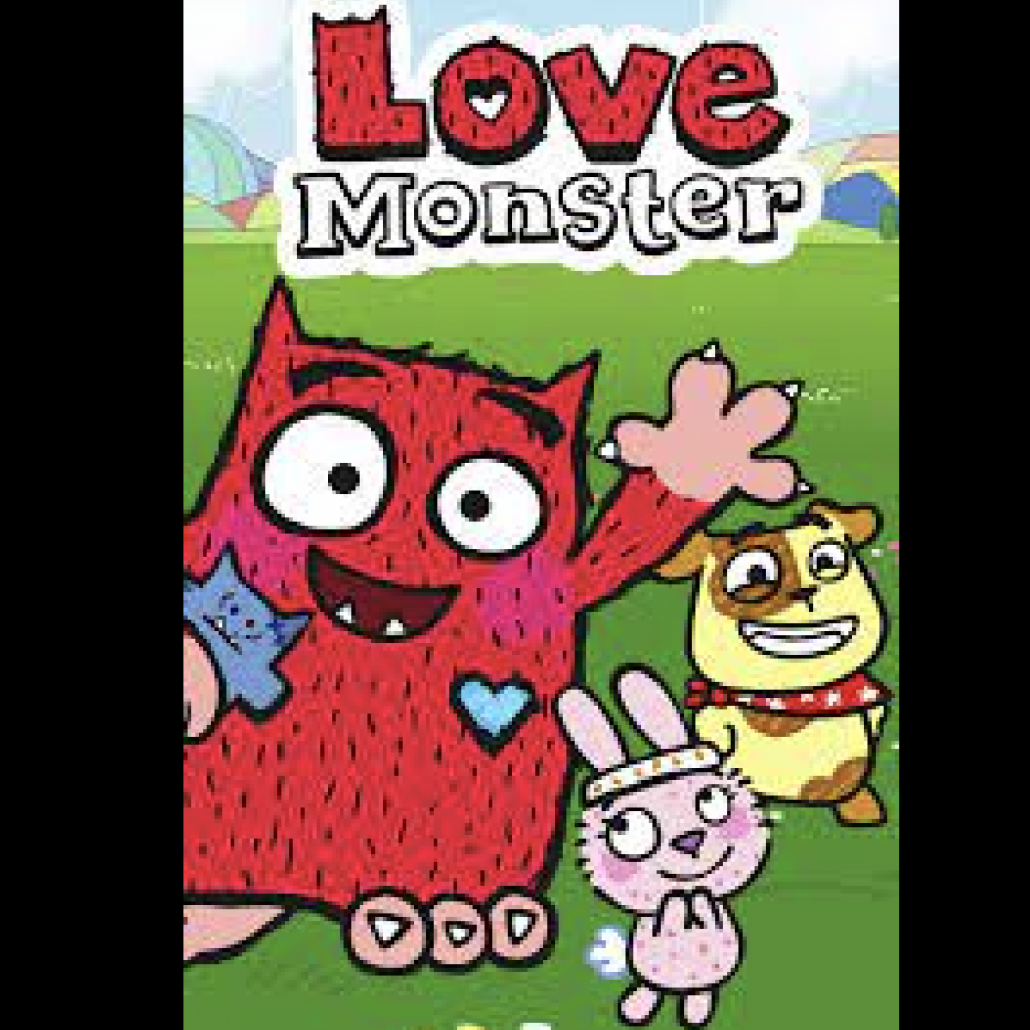
3 Seasons – 80 Episodes
HBO Max

3 Seasons – 80 Episodes
ABC
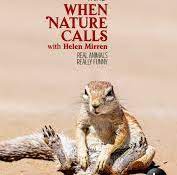
Let’s Begin at the Beginning
Sup?
Dastardly Death Gunk Stuff
A Parital In-Ground Pool
My Jingle Balls
Nature’s Justice
Uncle Antelope’s Truth Bomb
The Burgers Hole
The Optimistic Mosquito
Omen Cat
Documentary Reality (Hulu)

Season 3
Smuggled and Muzzled
Jungle Stash
Bunked in a Trunk
Smorgasbord of Smack
Killer Ketamine
HBO Max
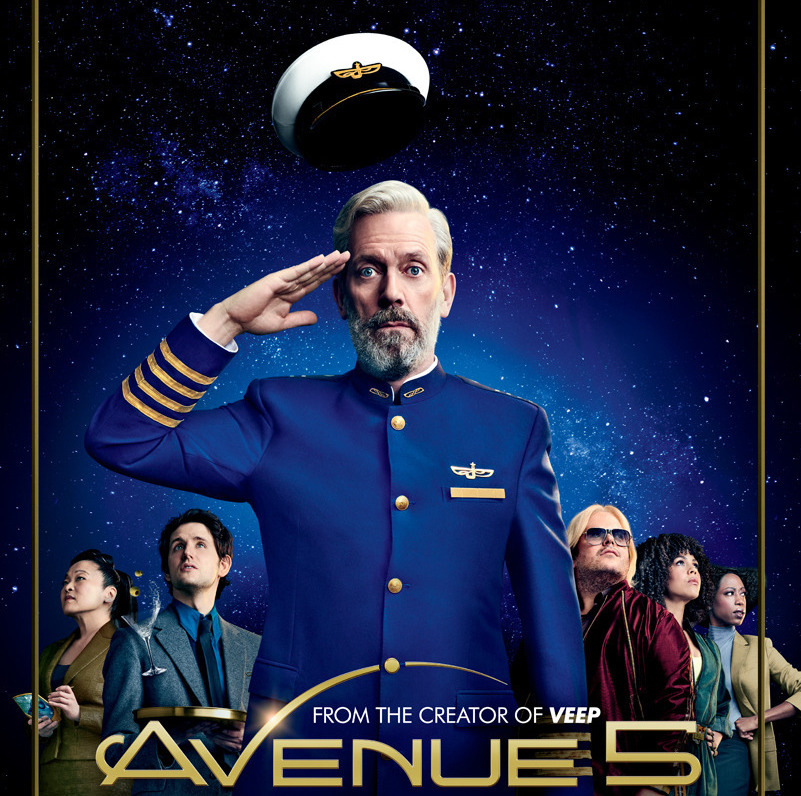
Episode 10
Episode 11
Episode 12
Episode 13
Episode 14
Netflix
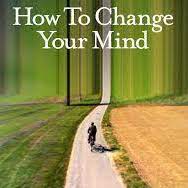
Chapter 1: LSD
Chapter 2: Psilocybin
Chapter 3: MDMA
Chapter 4: Mescaline
Documentary (Disney Plus)
